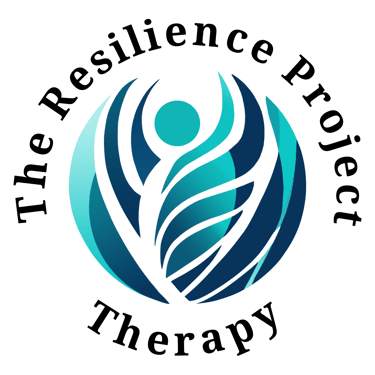Boundaries
How to create healthy boundaries in relationships with the people that matter to you the most.
Christian Gray Hering, LCSW
7/14/20232 min read


Setting healthy boundaries is an important part of maintaining healthy relationships. Boundaries are the limits and rules we set for ourselves within relationships that define what behaviors we find acceptable and unacceptable from others (Mancini, 2022). Having clear boundaries helps us protect our values, needs, and emotional well-being.
First, know your own needs and limits. Reflect on your values, needs, desires, and dealbreakers in relationships. What behaviors or actions cross the line for you? Get in touch with your feelings - if something makes you uncomfortable or upset, that’s a sign your boundary is being crossed (Institute for Professional Excellence in Coaching, 2021).
Next, clearly communicate your boundaries. Let others know in a kind but firm way what behaviors you will and won’t tolerate from them. For example, you may say “I’m not comfortable with you looking through my phone without my permission. In the future, please ask me before looking at my private messages.” Be specific - don’t expect others to read your mind.
When someone crosses your boundaries, enforce them calmly. Speak up right away when someone oversteps - don’t wait until you’ve reached a boiling point. Politely but directly state “I understand you were trying to help, but I feel uncomfortable when you make comments about my eating habits. Please don’t comment on my food choices anymore.” If the person won’t respect your boundary, you may need to limit contact.
Respect others’ boundaries in return. Listen when others communicate their boundaries and don’t take it personally. Everyone has a right to set limits that make them feel safe and comfortable. If you make a mistake and cross someone’s boundary, offer a genuine apology.
With practice, communicating boundaries gets easier. Setting and enforcing healthy boundaries leads to relationships built on mutual care, trust and respect (Chopik, 2022). Though it can be uncomfortable at first, creating boundaries empowers you to advocate for your needs in a thoughtful way.
Sources:
Mancini, J. (2022). How to set healthy boundaries: 10 or more examples. Psych Central. https://psychcentral.com/lib/how-to-set-healthy-boundaries-10-or-more-examples#1
Institute for Professional Excellence in Coaching. (2021). How to set healthy boundaries in relationships. iPEC Coaching. https://ipeccoaching.com/relationship-boundaries/
Chopik, W.J. (2022). 5 ways healthy boundaries make relationships better. Psychology Today. https://www.psychologytoday.com/us/blog/close-encounters/202201/5-ways-healthy-boundaries-make-relationships-better
The Resilience Project Therapy
Mailing
P.O. Box 832182
Richardson, TX 75083
Contacts








